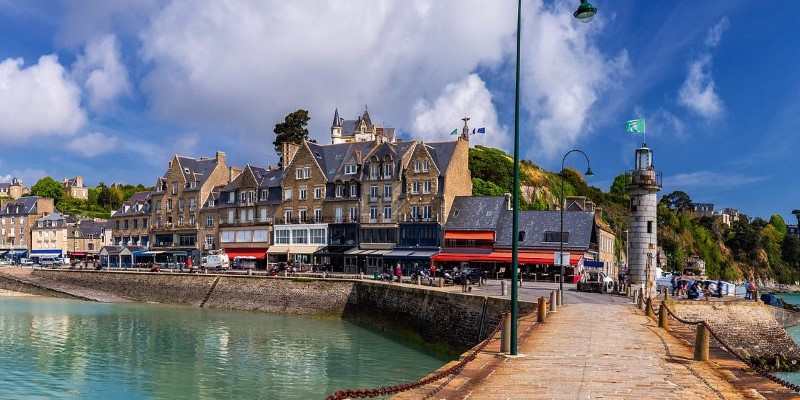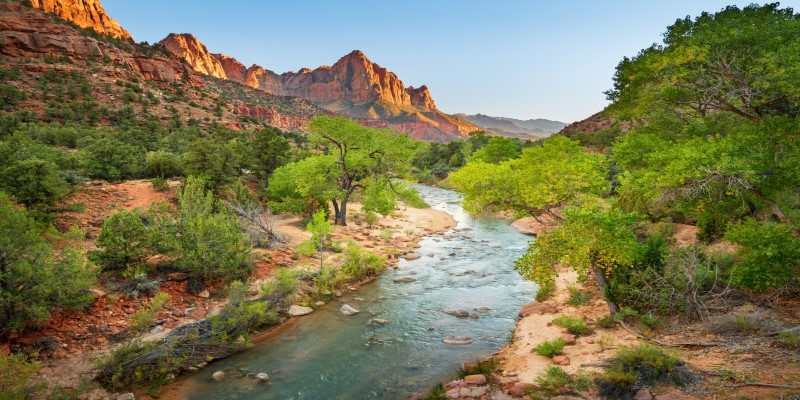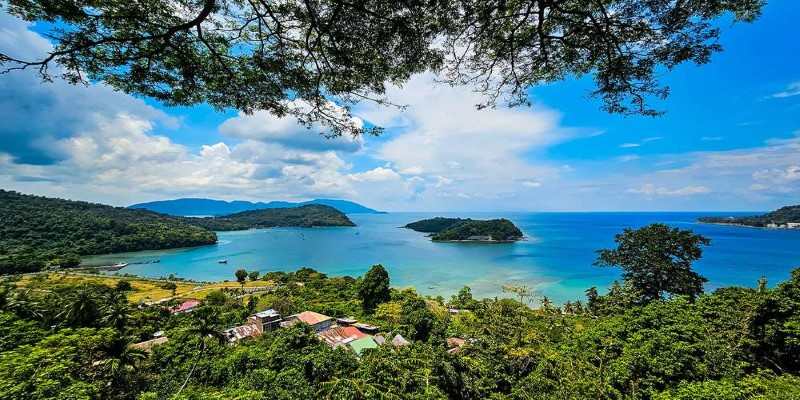When most people think of Florida, they imagine beaches, theme parks, or city escapes. But then there's Everglades National Park—something different altogether. Spanning more than 1.5 million acres, the Everglades isn’t just a park. It’s a slow-moving river, a wilderness of sawgrass, mangroves, and wildlife that doesn’t wait for your camera to be ready.
If you're visiting for the first time, it's easy to feel overwhelmed. There are three main entrances, a range of ecosystems, and a long list of possible things to see and do. So, instead of trying to do it all, focus on the moments that will matter most to you—whether that's hearing an alligator bellow in the distance or watching the sun fall behind the wet prairie. This guide walks you through how to make your first visit to Everglades National Park simple, clear, and memorable.
A First-Time Guide to Everglades National Park
Step 1: Choose Your Entrance Wisely
Everglades isn’t a one-gate park. It has three main entrances—each leading to something completely different.
Homestead Entrance (Main Park Road): It's the most used for beginners. Passing through Homestead, you'll be able to go to Royal Palm, Anhinga Trail, Gumbo Limbo Trail, and, later, the Flamingo area. It's a daylong activity, even if you don't visit each station.
Shark Valley Entrance (From Miami): This entrance is for those who want to see the wide-open heart of the Everglades. The loop trail here is 15 miles long, ideal for a tram ride or bike rental. It's flat and open and offers frequent sightings of alligators and wading birds.
Gulf Coast Entrance (Everglades City): This entrance leans toward the water. Think boat tours, mangrove tunnels, and views that feel more marine than a marsh. It's less visited and more focused on the Ten Thousand Islands and backcountry waters.
If it’s your first visit, the Homestead entrance gives you the broadest introduction. If you're coming from Miami and want a quicker visit, Shark Valley is a solid pick.
Step 2: Stick With One Area for the Day
Everglades National Park isn’t the place to rush. The distances between entrances can be misleading. What looks like a short drive on the map often takes much longer—partly because you’ll want to pull over, look around, and probably get out of the car more than once.
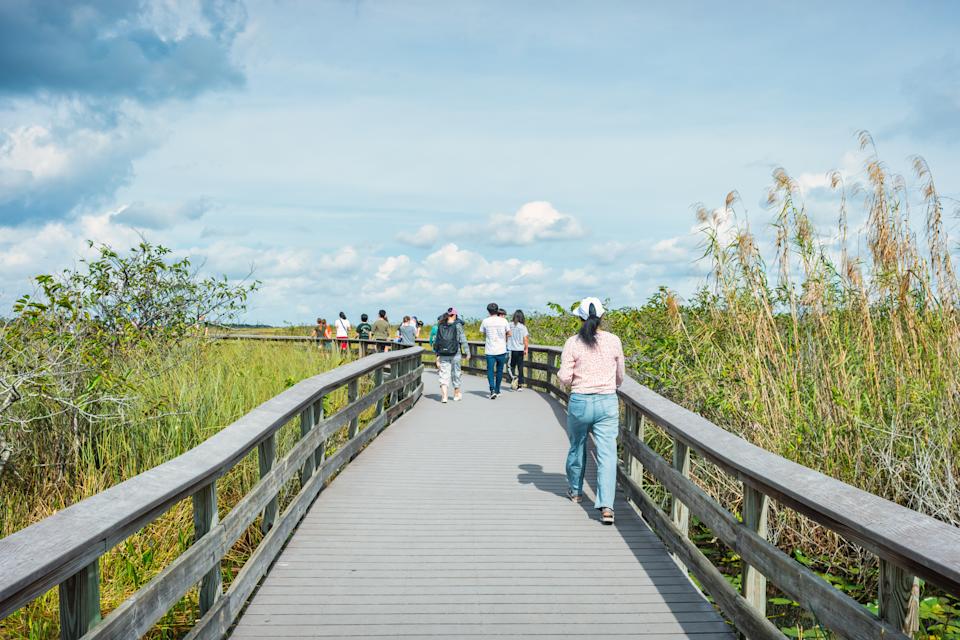
So, instead of trying to fit in all three areas, just pick one and go deep. If you're headed through Homestead, spend your time walking the Anhinga Trail boardwalk, stopping at Pa-hay-okee Overlook for that wide view, and ending the day near Flamingo. Each section gives you its own version of the Everglades, and none of them needs a whirlwind to feel complete.
Step 3: Bring the Right Gear Without Overthinking It
You don’t need much to visit the Everglades, but a few things make all the difference.
- Water: It’s humid even when it isn’t hot. You’ll need more water than you think.
- Sunscreen and Bug Spray: These are non-negotiable. Even in cooler months, the sun is strong, and the bugs don't take a break.
- Good Walking Shoes: You won't be climbing anything steep, but boardwalks can be slippery, and trails can be uneven.
- Binoculars (If You Have Them): Most animals stay at a distance. With binoculars, you’ll see a lot more.
Skip the bulky hiking gear. This park is more about observation than trekking.
Step 4: Know What You’re Looking At
Everglades isn’t the kind of place that shows off right away. You won’t find towering peaks or dramatic cliffs. Instead, it’s subtle. It asks you to slow down and pay attention. The landscape shifts gently between freshwater sloughs, hardwood hammocks, pinelands, and mangroves. If you’re standing on a boardwalk over sawgrass, that’s the river of grass. If you walk a shady trail lined with gumbo limbo trees, you’ve reached a hardwood hammock. Each zone has its own feel, and the change is often quiet but clear once you notice it.
The wildlife reflects that, too. Alligators are the headline act, but you’ll see turtles, herons, egrets, anhingas, and maybe even a roseate spoonbill. If you're lucky, a manatee or crocodile might appear near Flamingo.
Step 5: Take the Short Trails First
You don’t need to hike for hours to understand the Everglades. Most of the park’s most memorable spots are under a mile long.
Anhinga Trail: This is the place where almost everyone sees an alligator. The boardwalk loops over the marsh, and wildlife here is used to humans staying on the path.
Gumbo Limbo Trail: Right next to Anhinga, this shaded walk moves through a dense hardwood hammock with ferns, air plants, and the red-peeling bark of gumbo limbo trees.
Mahogany Hammock Trail: Farther down Main Park Road, this boardwalk winds through an elevated island of trees. You’ll spot the largest living mahogany tree in the U.S. here.
Pa-hay-okee Overlook: It’s a quick stop with a short boardwalk and a raised platform. The wide, flat view stretches for miles—a good reminder that the Everglades is more about space than height.
These walks give you an understanding of the landscape in less than an hour each. And they’re all easy, flat, and good for any age.
Step 6: Take a Boat Tour If Time Allows
At Flamingo or the Gulf Coast entrance, boat tours add another layer. The Everglades change when you're on the water. In some places, the trees rise up in tight corridors. In others, it feels like you're gliding through an open, endless marsh. Tours vary—from wildlife spotting to historical or mangrove-focused rides. If you’re short on time, the shorter tours near Flamingo still offer a good look at the water side of the park. You don’t need to paddle a canoe or kayak if that’s not your thing. The guided options are low-effort but high-reward.
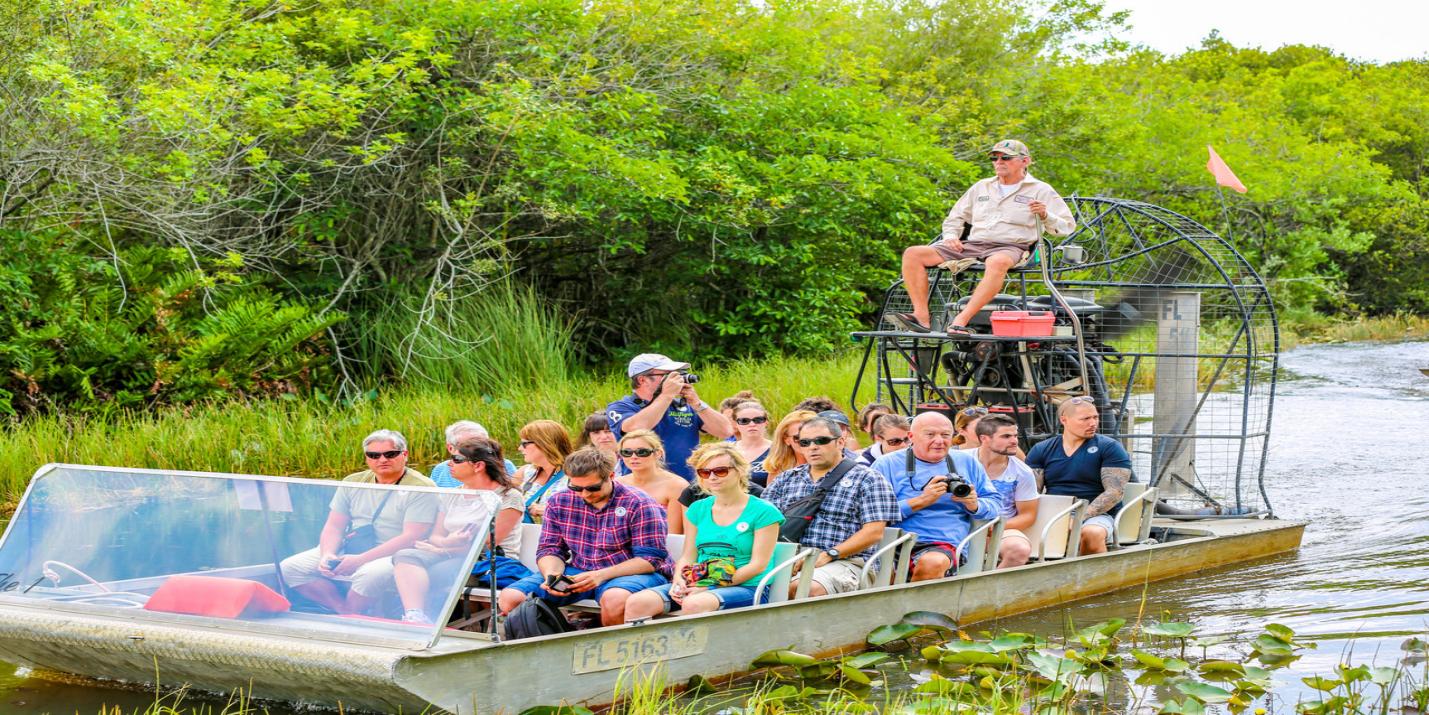
Step 7: Watch the Sky Toward the End of the Day
One of the most overlooked parts of the Everglades is the sky. It shifts constantly, especially in the last hours of the day. The light spreads out over the flat land, and when the sun goes down, the silhouettes of trees and birds feel like paintings. Even if you don’t plan to stay for sunset, try to be outside in the last hour of daylight. The quiet gets deeper. The wildlife gets louder. And the entire place takes on a different kind of beauty.
Conclusion
A first visit to Everglades National Park doesn’t need to be complicated. Pick one entrance. Focus on the short trails. Bring what you need. Take your time. And when in doubt, just stand still. You’ll see more that way.

